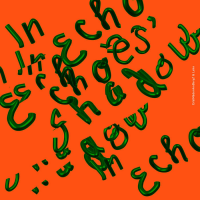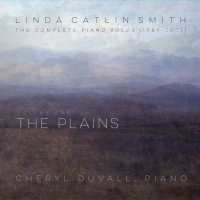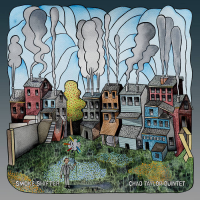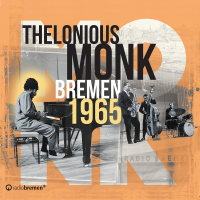Home » Jazz Articles » Album Review » Bruno Thieblemont Group: Septieme couleur
Bruno Thieblemont Group: Septieme couleur
On balance, the album hews a middle path between rigorous intellectualism—the kind of music you admire more than you dig—and warm soulfulness, although the balance is ultimately skewed toward the brainier side.
In going this route, Thieblemont recalls sixties-era Bobby Hutcherson, not so much because he plays like Hutcherson—he doesn't, especially—but because the group sound resembles that of the great progressive ensembles in which the iconic vibraphonist played a determining role: Eric Dolphy's Out to Lunch! (Blue Note, 1964) band, for example, or Hutcherson's own group on Dialogue (Blue Note, 1965).
The fine "Les Noirs Marchent, from Dialogue, could serve as a blueprint for much of Septième couleur. Closely argued compositions, like the minimalist repetitive figures of "Time for You or "5 sur 5, are complex and flawlessly executed with, at times, a brittle nervousness. The quintet is recorded with crisp, faithful sound, but the overall timbre of the instrumentation is a little trebly and with weak sustain. This contributes to the slightly nervous aura, not to mention the way the vibes comping seem to lurk atmospherically at the edges of the senses.
A great merit of Theiblemont's record, however, is that this cerebral austerity is accompanied by more emotionally charged elements. Saxophonist Didier Forget's uncompromising solos, which tend to occur before Thieblemont's own vibes solos, are offset by the bluesy sound of alto saxophonist Baptiste Herbin on "Pluie d'été or "16 = 12, who tends to follow Thieblemont. The soulful impulse is likewise present in "Spécial GG and "Lilou et Zoé.
Track Listing
Dancing With the Wind; Time For You; P'tit d
Personnel
Bruno Thieblemont: vibraphone; Didier Forget: soprano and tenor saxophones; Baptiste Herbin: alto saxophone; Martin Guimbellot: double-bass; Laurent Palangl
Album information
Title: Septieme couleur | Year Released: 2007 | Record Label: Aphrodite Records
Tags
PREVIOUS / NEXT
Support All About Jazz
 All About Jazz has been a pillar of jazz since 1995, championing it as an art form and, more importantly, supporting the musicians who make it. Our enduring commitment has made "AAJ" one of the most culturally important websites of its kind, read by hundreds of thousands of fans, musicians and industry figures every month.
All About Jazz has been a pillar of jazz since 1995, championing it as an art form and, more importantly, supporting the musicians who make it. Our enduring commitment has made "AAJ" one of the most culturally important websites of its kind, read by hundreds of thousands of fans, musicians and industry figures every month.
























